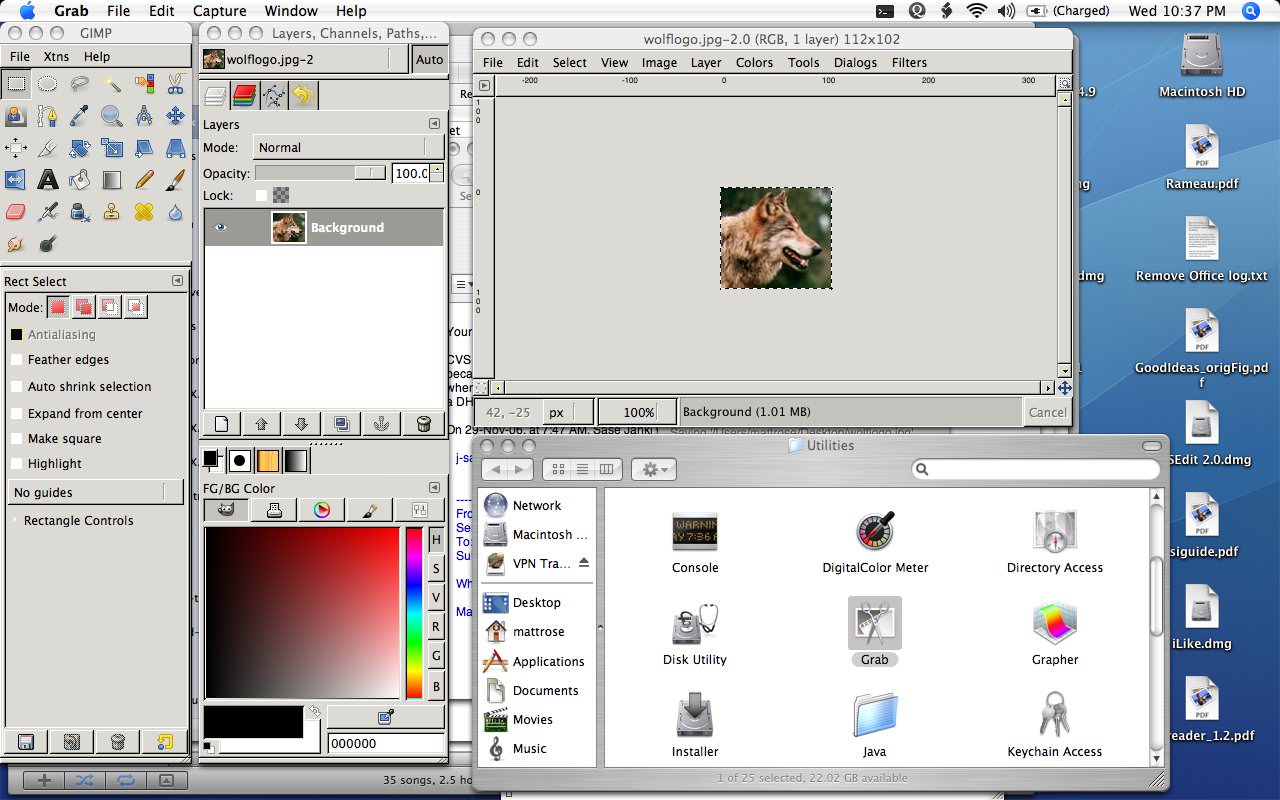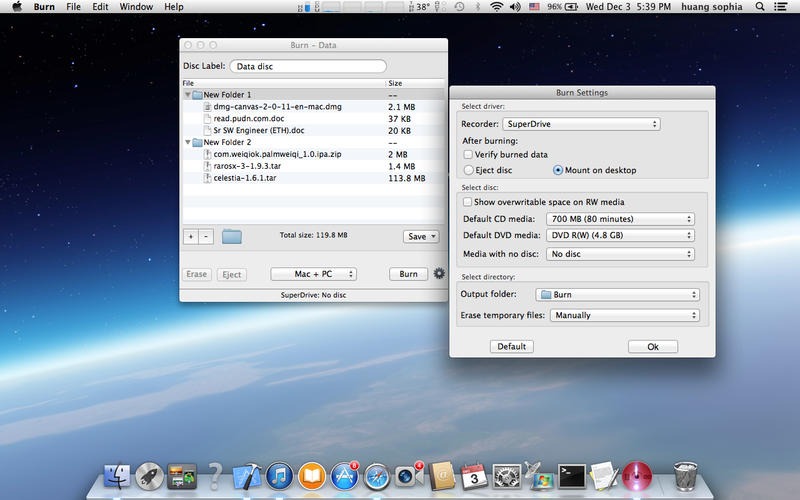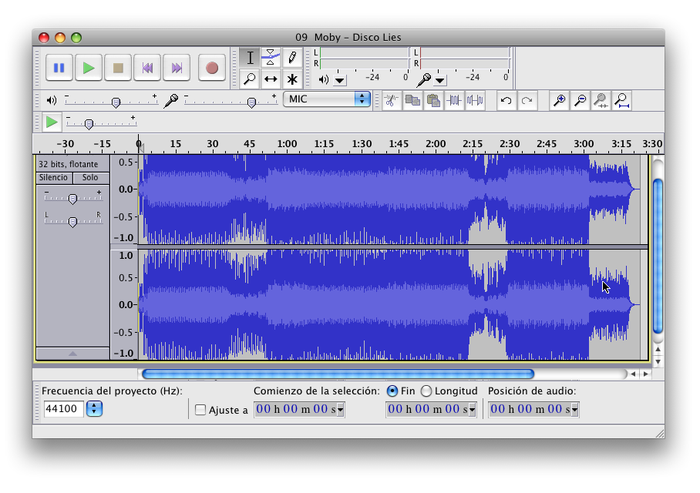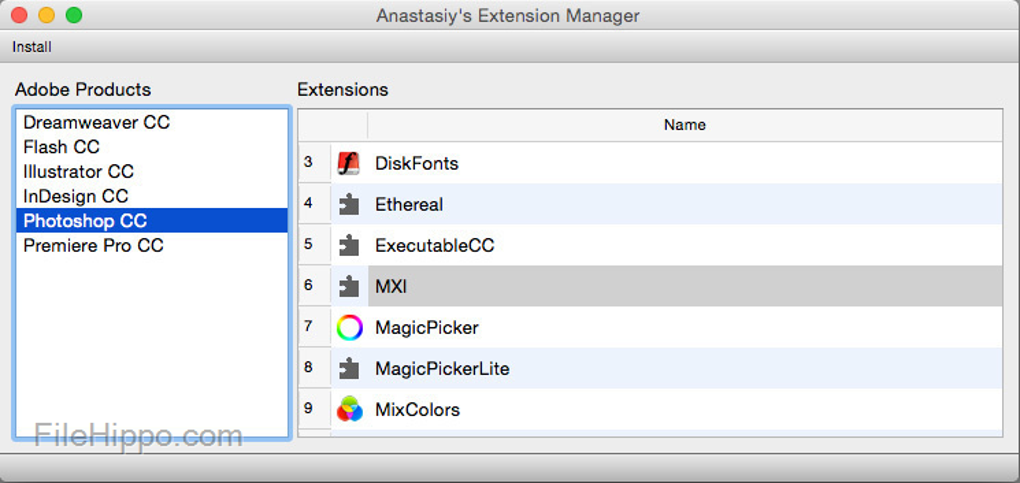Extensions For Mac
Please be aware that the ENS Mac (or Linux) extensions are needed to see the OS tags in the policy/task areas. When you view the ENS policies in the ePO server console, you will see the 'Windows/Linux/Mac' OS references to show which features apply to specific operating systems (where applicable). CrxMouse Gestures. CrxMouse Gestures adds useful mouse gesture macros to help with web. Change default application for file name extension on Mac - Using Apple Finder to change change default application for file type. Mac OS X works with the following file extensions: Note: You can click on any file extension link from the list below, to view its detailed information. The list of extensions used or otherwise associated with the.

Extensions For Macbook
Enhance and customize the web browsing experience on Mac, iPhone, and iPad with Safari Extensions. Using powerful native APIs and frameworks, as well as familiar web technologies such as HTML, CSS, and JavaScript, you can easily create Safari Extensions in Xcode and distribute them on the App Store in the Extensions category or get them notarized for distribution outside the Mac App Store. And now, Xcode 12 supports the popular WebExtension API and includes a porting tool to make it easy to bring your extensions to Safari.
Blocking Content
Give users the ability to block certain content types on Safari on macOS and iOS. Built with Xcode, these app extensions are designed for speed and don’t slow down browsing. And because extensions never see what webpages users visit, user data is protected.
Extending Apps
Extend the web-browsing experience by allowing Safari to read and modify webpage content on macOS. Safari App Extensions are built with Xcode and can communicate and share data with native apps — so you can integrate app content into Safari or send web data back to your app to create a unified experience.

Distributing Extensions
App Store
The new Extensions category on the Mac App Store showcases Safari extensions, with editorial spotlights and top charts to help users discover and download great extensions from the developer community. When your Safari Extension is ready to be released, upload it to App Store Connect for distribution on the App Store. Apple reviews all extensions and updates to ensure they work reliably. Before submitting for review, make sure to read the guidelines for extensions.
Converting Legacy Safari Extensions
Legacy Safari Extensions(.safariextz files) built with Safari Extension Builder are not supported in Safari 13 on macOS Catalina, macOS Mojave, or macOS High Sierra. The Safari Extensions Gallery for legacy extensions will no longer be available in September, 2019. Users on macOS High Sierra or later can easily find extensions on the Mac App Store by choosing Safari Extensions from the Safari menu.
If you distribute legacy extensions built with Safari Extension Builder, we recommend converting them to the new Safari App Extension format, test on the latest version of Safari 13, and submit them to the Mac App Store or notarize them for distribution outside the Mac App Store.
Best Extensions For Mac
Safari extensions add functionality to Safari, so you can explore the web the way you want. Extensions can show helpful information about a webpage, display news headlines, help you use your favorite services, change the appearance of webpages, and much more. Extensions are a great way to personalize your browsing experience.
Use the App Store to conveniently download and install Safari extensions. All extensions in the App Store are reviewed, signed, and hosted by Apple for your security.
Extensions For Macbook
How to install extensions
Start by installing the latest macOS updates to make sure that Safari is up to date. You need Safari 12 or later to get Safari extensions from the App Store.

Find and install an extension:
- Open Safari and choose Safari > Safari Extensions from the menu bar.
- The App Store opens to the Safari Extensions page, as pictured above. To download and install an extension, click Get or click the price. You might be asked to sign in with your Apple ID.
- Click Install.
- After the extension is installed, click Open and follow the onscreen instructions provided by the extension.
Then return to Safari to turn on the extension you installed:

- Choose Safari > Preferences.
- Click Extensions.
- Select the checkbox next to the extension's name.
All extensions installed from the App Store are automatically kept up to date.
How to turn off or uninstall extensions
Choose Safari > Preferences, then click Extensions.
- To turn off an extension, deselect its checkbox.
- To uninstall an extension, select the extension and click the Uninstall button. If you can't determine what an extension does, or you don't expect to use it again, you should uninstall it.
Learn more
Netflix Party Extension For Mac
Safari no longer supports most web plug-ins. To load webpages more quickly, save energy, and strengthen security, Safari is optimized for content that uses the HTML5 web standard, which doesn't require a plug-in. To enhance and customize your browsing experience, use Safari extensions instead of web plug-ins.
